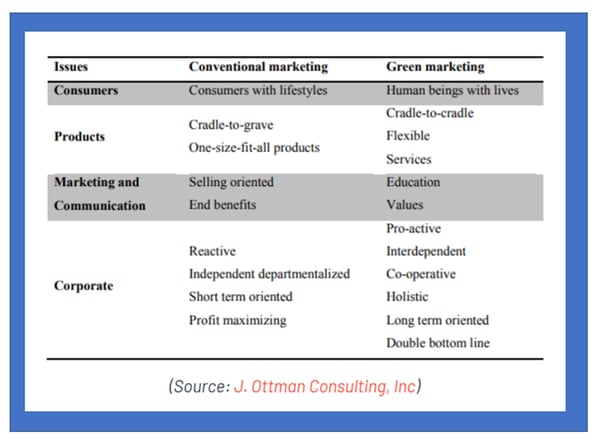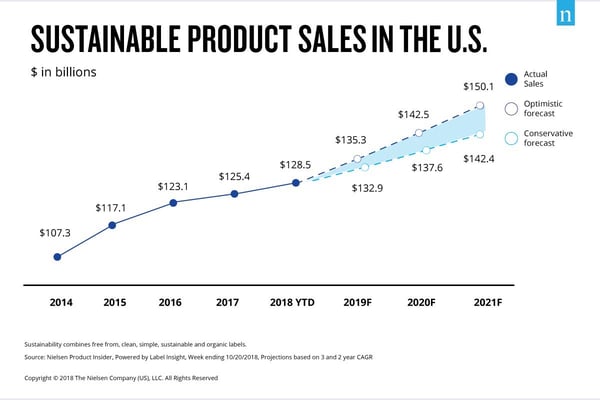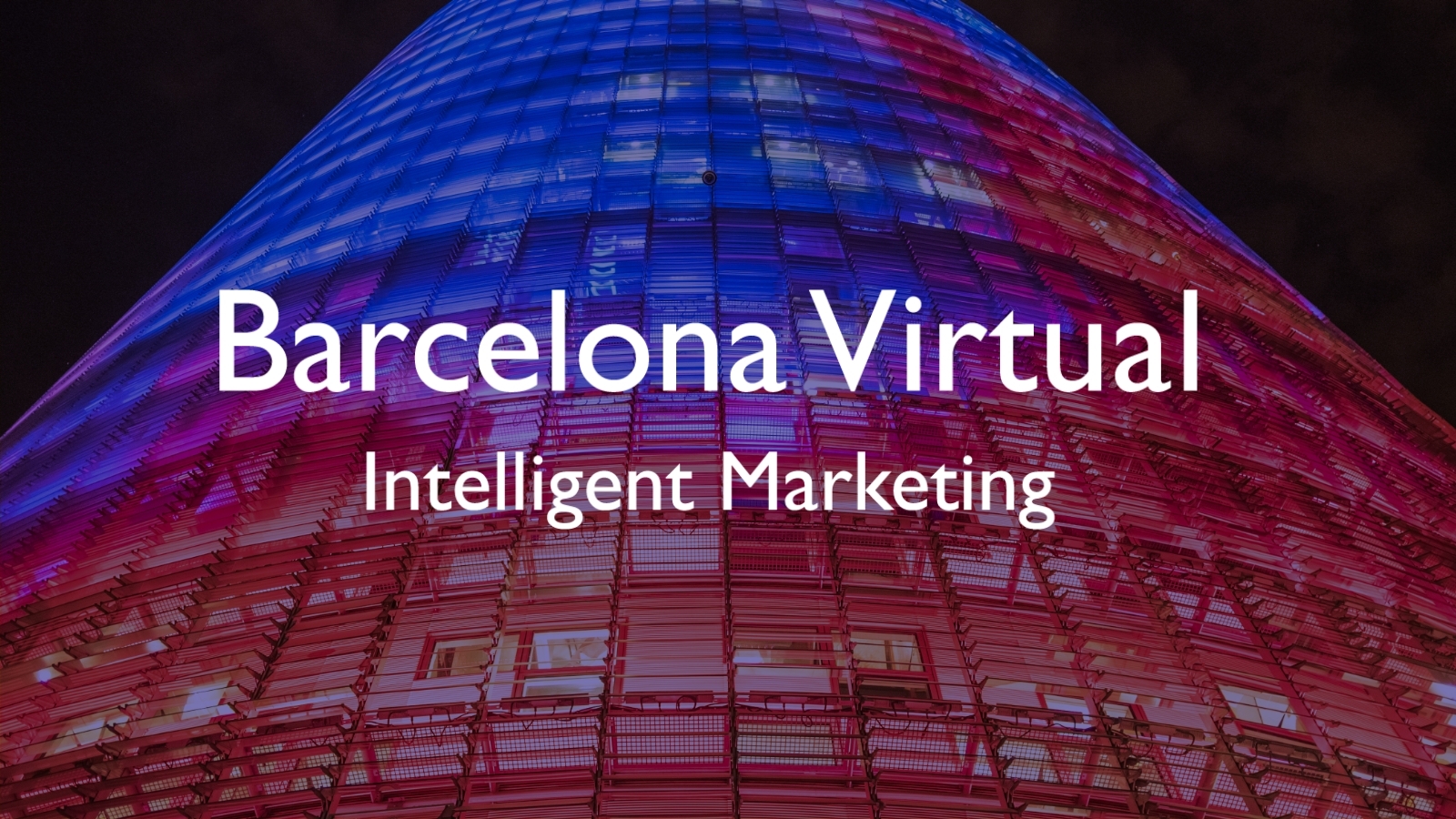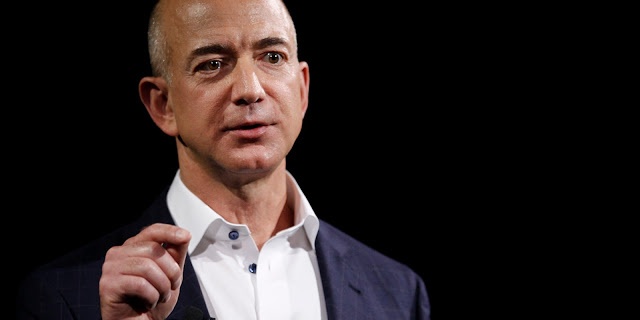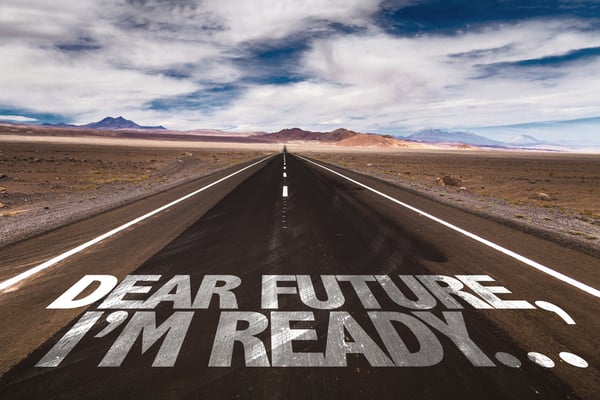
FREE DOWNLOAD: Learn how we can help you to communicate your strategy in this brief PDF
The Business and Marketing worlds are experiencing earthquakes, floods and famines, all related to growing worries, worldwide, about global warming and the effects of climate change. According to a ground-breaking New York Times article this June ("Companies See Climate Change Hitting Their Bottom Lines in the Next 5 Years"), major corporations the world over are adjusting projections for the Third Decade.
Their fear?
$1 trillion in risks caused by the impact of climate-change on their businesses, markets and supply chains. An obvious earthquake of epic proportions, for any responsible boardroom.
The floods?
An increasing number of multinational brands are registering a rising tide of consumer unease about their future, as well as that of their children.
And then there is a true famine of ideas. Many public sector organisations and global organisms charged with the task of inciting change, implementing SDGs (the United Nations Sustainable Development Goals for 2020-2030) and communicating their progress in a relevant, compelling way ... just aren't marketers.
They have the vision, the vocation and the technical know-how. Yet, they often lack the tools, preparation and the creative spark needed to "tell their Story" in a way that excites, motivates and harnesses the collective power of millions of citizens in their countries.
Such "success stories" are vital at the yearly "COPs" (Conferences of the Parties) of the United Nations, such as the upcoming UNFCC COP25 on Climate Change in Chile in December, 2019.
LISTEN TO THE LATEST EPISODE:
European Marketing Flash Briefing 11 | Marketing, Innovation and Climate Change
What Are Sustainable Strategies?
A "Sustainable.Strategy" goes far beyond the concept of "Green Marketing", often used, incorrectly, as a synonym. Whilst a Green Marketing plan focuses heavily on the Communication and Advertising aspects, a Sustainable Strategy affects an entire company or organisation. Of course it needs to be communicated creatively and effectively, yet it also needs to be designed and implemented first, on an enterprise level.
Savvy Twenty-First Century "consumers", whether activists or not, are increasingly wary of multinationals, brands, governmental organisms and any other entities that engage in "Greenwashing". This consists in often expensive, elaborate campaigns to improve the public image of large organisations to convince the public, press, politicians, activists or stakeholders of an ethical, socially-responsible foundation that, quite often, simply does not exist.
What Are the United Nations Sustainable Development Goals?
These 17 Goals, known most commonly as the UN "SDGs", are practical guidelines and a declaration of intent on the part of nations, organisations and companies, with the clear objective of improving quality of life on Earth, whilst at the same time protecting the very resources we all need.
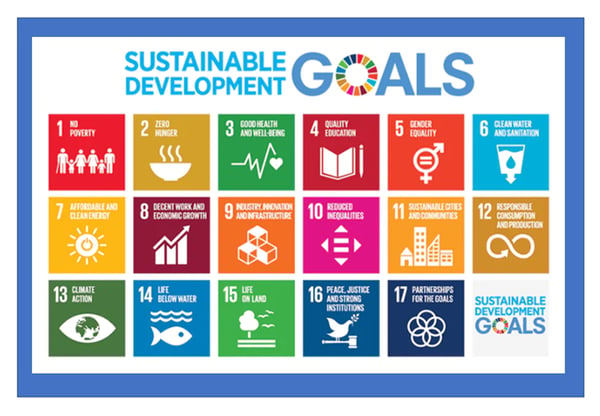
Based on the three pillars of Sustainable Development, the SDGs are a valuable "Roadmap" for any concerned leader determined to reorient or reinvent the mission of her company or organisation.
We like the definition expressed by Andrew Beattie on the subject:
Sustainability is most often defined as meeting the needs of the present without compromising the ability of future generations to meet theirs. It has three main pillars: economic, environmental, and social. These three pillars are informally referred to as people, planet and profits.
If you are charged with communicating the progress and success of your Sustainable Strategy, your first step should be to know and understand the commitments inherent in the UN SDGs.
And remember: we're not talking about a "one-shot" Marketing or Advertising promotion, but instead, about an integrated set of changes that will positively affect people's' lives in economical, environmental and social ways.
An interesting tool you might want to use is mentioned here by Lesley Vos, when she speaks of the following emerging paradigm in Marketing:
FREE DOWNLOAD: Learn how we can help you to communicate your strategy in this brief PDF
How to Communicate Your Sustainability Strategy
After almost 25 years of experience in the New Marketing of this century, we'd love to aid you in telling your own "Sustainability Story". As a pioneering Internet agency, founded by Paul Fleming (best-selling author of Hablemos de Marketing Interactivo, 1999-2000), we share three practical tips below to get your creative strategy started.
As you progress, you may want to contact us again to count on a deeper level of professional advice from our Senior Consultant on International Sustainability, Dr. José Luis Maccarone, a former UN Focal Point for the Government of Argentina.
However, before you begin, ask yourself not only how, but why?
The answer is simple: the latest data (Nielsen: December, 2018) shows that close to half of US consumers are willing to change brands, products or services in favor of companies with Sustainable Strategies.
The bottom line? There is a clear Business Case:
Tell Your Story Well
As we wrap up this introductory post on the subject, let's look at 3 practical tips to help you begin to tell your Sustainability Story strategically, effectively and creatively:
- Strategically: Focus everything on your project's key objectives and on the profile of the type of people you wish to reach.
For example, let's say your 3-pillar goal is to convince your nation's companies to recycle waste and to switch to renewable energies (environment), whilst involving their employees (social) and maintaining sustainable growth (economic). Then your target audience would clearly be high-level decision makers. - Effectively: To communicate effectively is to connect. This requires a User-Centric strategy that allows you to speak directly to the exact type of person in leading companies who will be open to your message. The more specific and relevant you are, the more effective.
Who is this decision maker? The CEO? Operations Manager? Key stakeholders? - Creatively: In our agency, we focus on "looking for Wally", a fun way of keeping in mind that 20% of an audience will create 80% of your desired results (sales, actions, advocacy, etc.). We then concentrate on getting to know "Wally" as best as we can, in order to know exactly how to talk to her and which channels are used by him.
To finish our Business example, creativity that is based on their own goals, language and media (Linked In? Twitter? Mobile? Podcasts?) will help you to very quickly capture the attention of busy executives, offer them value in your proposal and ... move them to action!
(By the way: If your "Wallies" were to be teenagers in your market or region, all of the above would be radically different, of course!)
We hope you have enjoyed this post and that these quick tips can guide you in creating a fresh, clear and relevant Sustainability Story of your own.
FREE DOWNLOAD: Learn how we can help you to communicate your strategy in this brief PDF
In the next post, we'll be sharing ground-breaking examples of some of the best Stories we've seen.
Here's a sneak peek: a recent campaign from Spain we love :)
See you again soon!
Originally published on this blog on 06 June 2019.
Updates:
- 2 September 2019
- 20 September 2019
- 26 September 2019

